The fund will be used to restore the original gates in the west and east, the flag platform and 11 cannons, among other items.
An underground exhibition room will be built covering 453sq.m, displaying exhibits and artefacts related to the old citadel.
The Dien Hai citadel, which was first constructed as a military outpost in the 12th year of King Gia Long’s reign (1813), was first restored in 2018 – one year after it was recognized as a National Special Relic.
An excavation has unearthed a section of the foundations and walls of a trench southwest of the ruined Dien Hai Citadel in the city’s downtown district following a restoration project that began last month.
Director of Da Nang Museum Huynh Dinh Quoc Thien said the first excavation in 2018 exposed a 126m wall on the west of the citadel, which was built using brick and mortar.
Meanwhile, a section of foundations was also found next to the citadel wall on the west side. This foundation was built from laterite and pebble.
According to the national heritage council, the ruins of the citadel may be the last monument in Da Nang that symbolizes the sacrifice of local people and soldiers in the fight against French-Spanish colonial forces in 1858-60.
The statue of Nguyen Tri Phuong (1800-73), a famous general who commanded the Vietnamese army to fight the French-Spanish colonial forces (1858-60), will be restored.
The citadel, which was used as the site of the city’s museum on Tran Phu Street, was first built as a military outpost, near the mouth of the Han River, to control access to Da Nang Port and serve as an important defensive position.
Da Nang will dismantle and move the modern museum to another site so the citadel can be fully restored.
A collection of 11 iron cannons cast during the Nguyen Dynasty between 1802 and 1860 and unearthed at the Dien Hai Citadel between 1979 and 2008, are planned for recognition as a national treasure, according to the department.
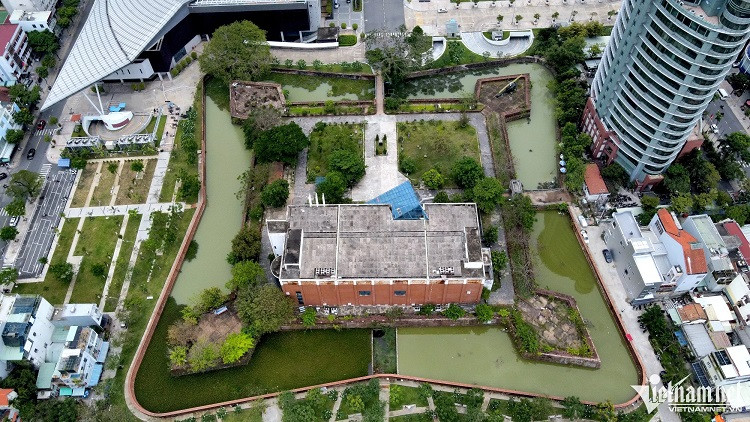
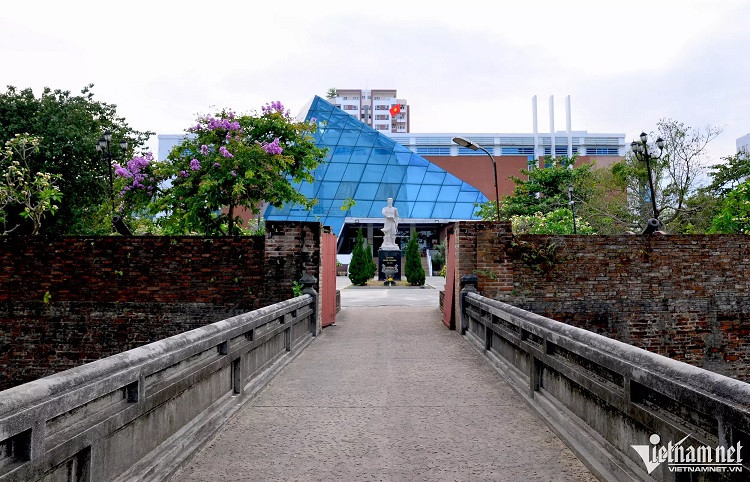
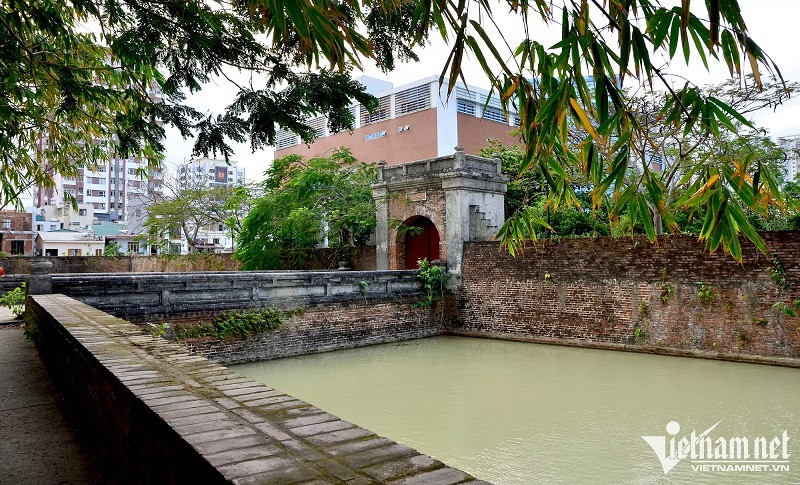


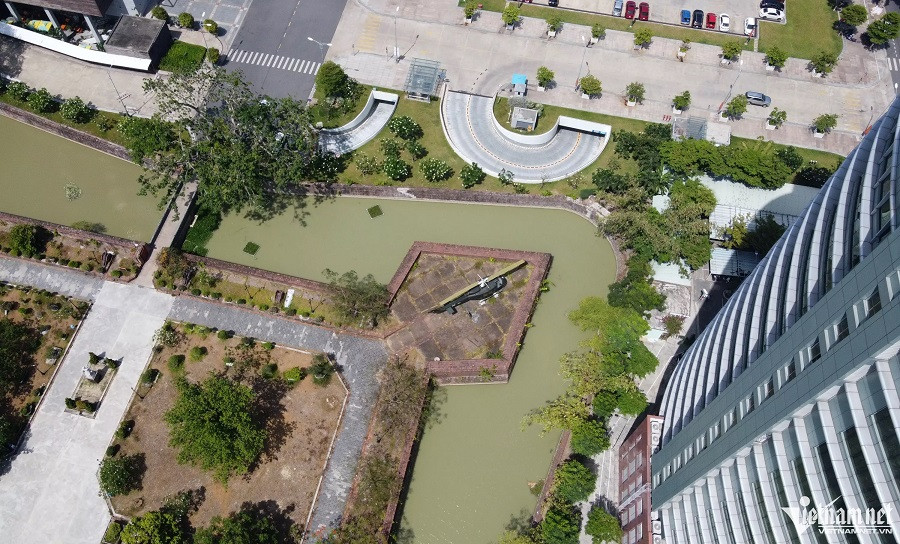
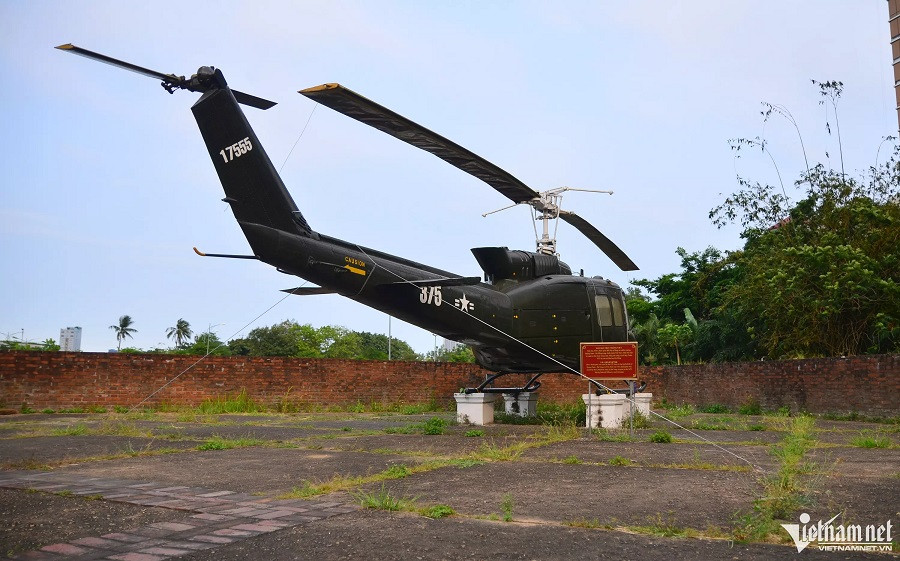

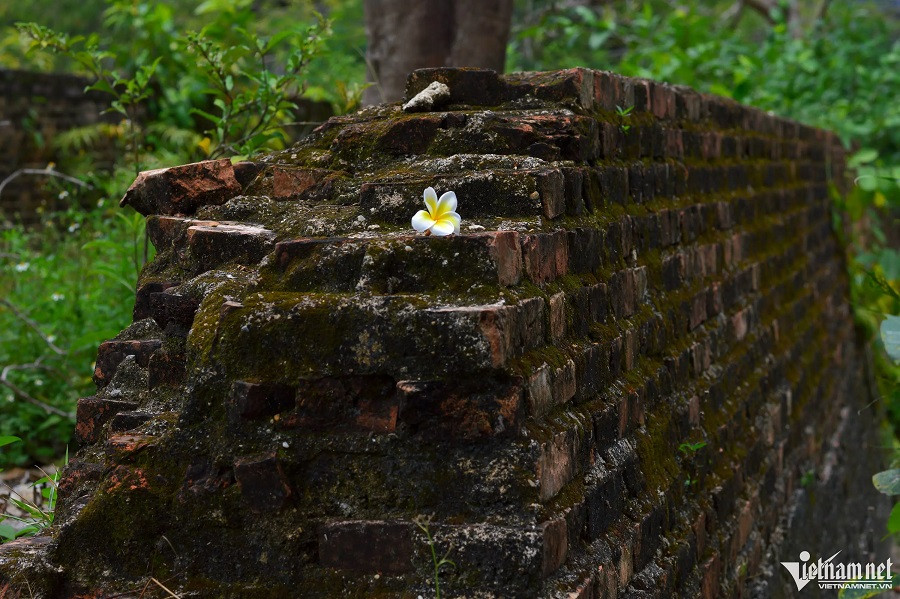
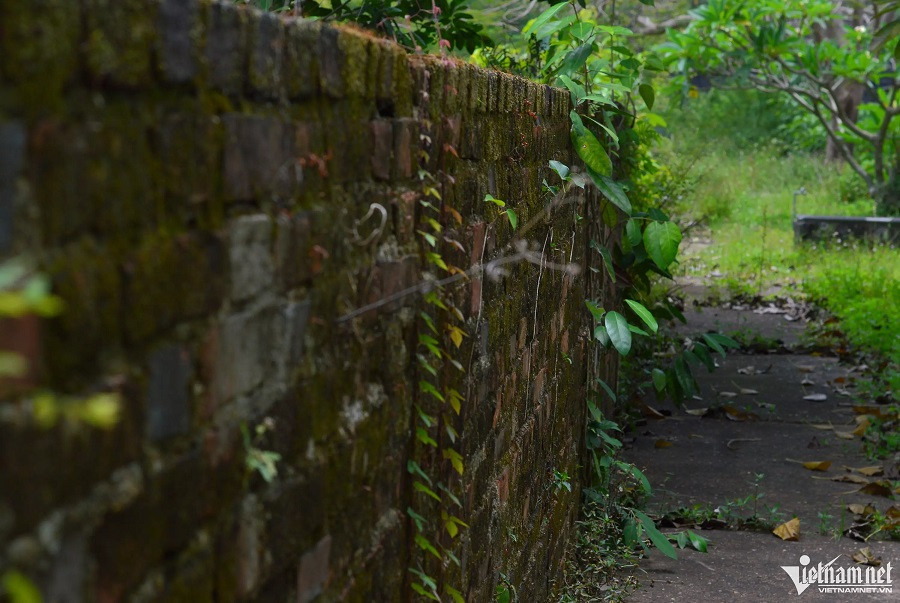
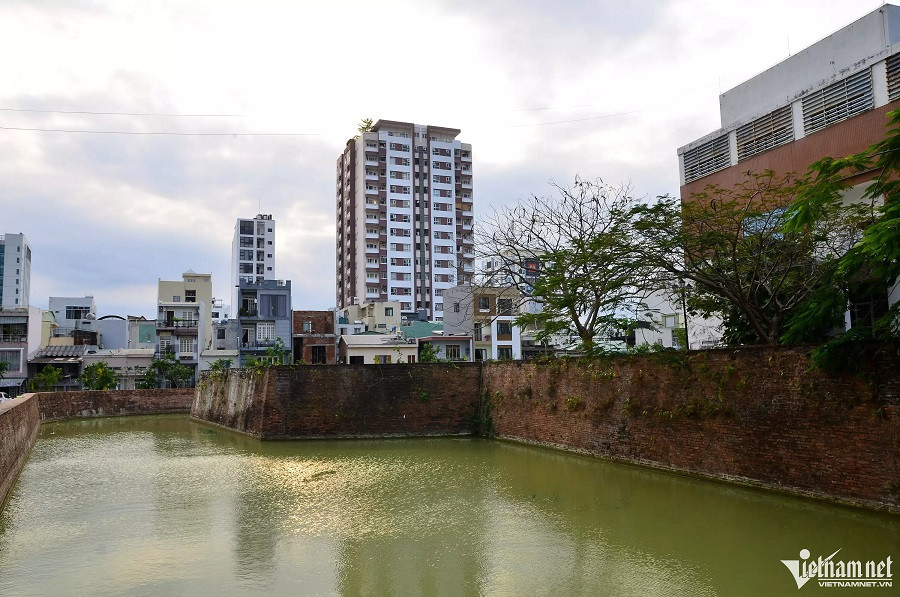

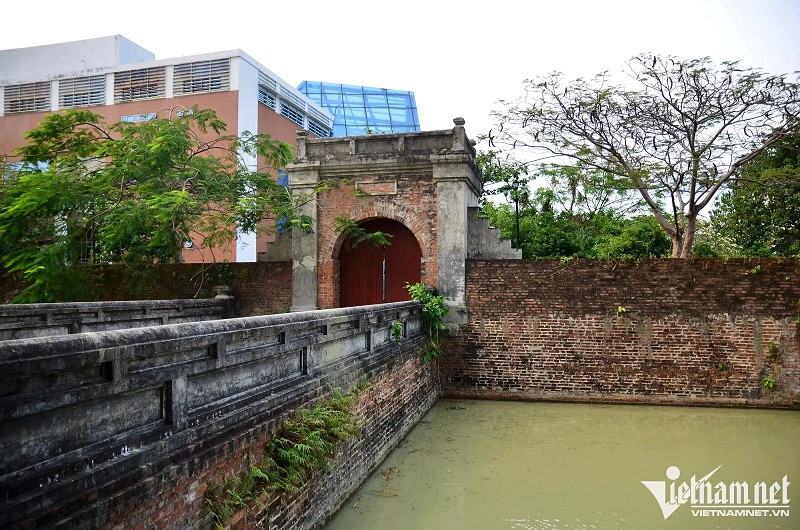
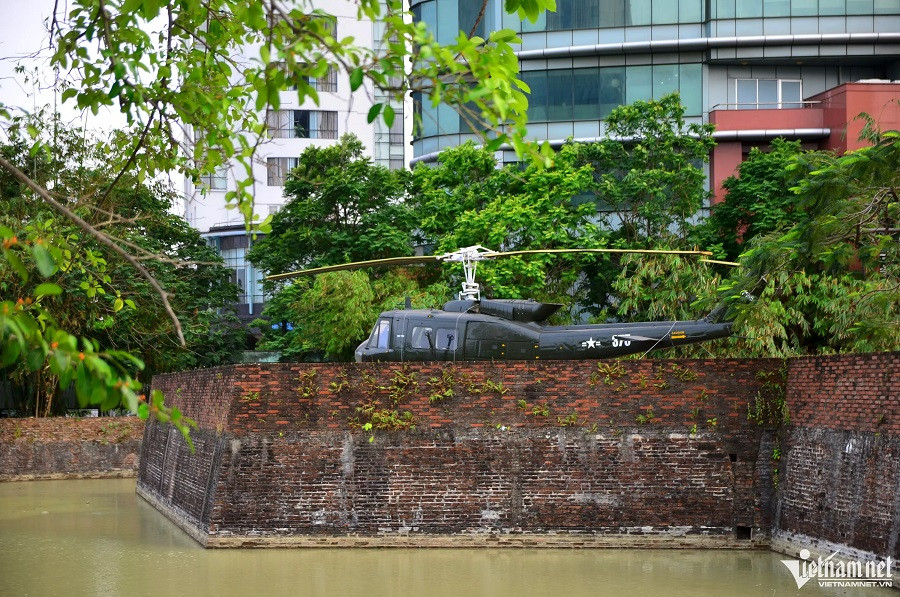
Ho Giap